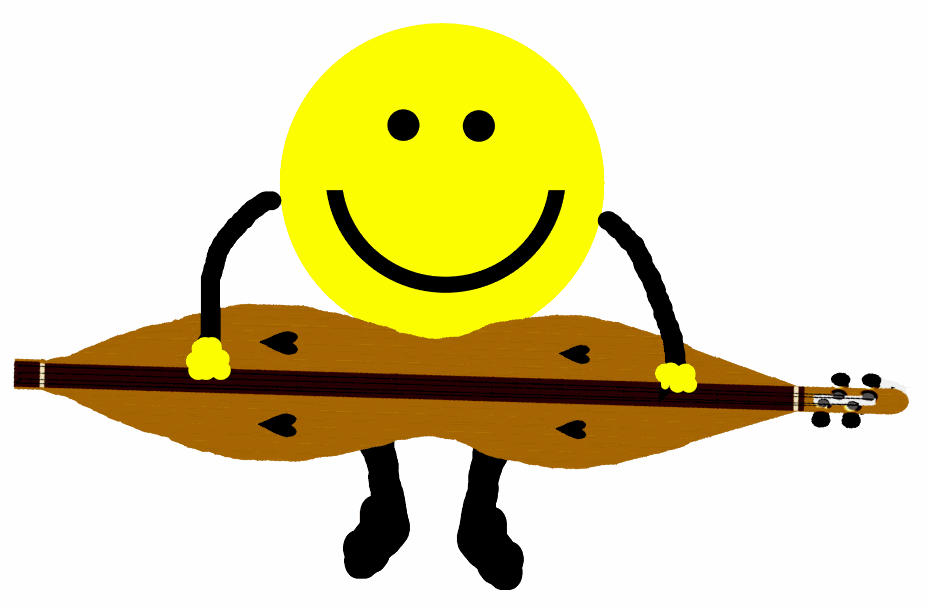Kora
Adventures with 'other' instruments...
georgia k:
I have a CD of Sona Jobarte playing the Kora. It's really beautiful, but looks incredibly difficult!
Georgia, she is an incredible kora player, thank you for sharing. The kora is an instrument that lends itself to rhythm techniques, so the very high level players do things that most folks would find really daunting, but when using beginner tunings and techniques, it is very easy to get started and make beautiful music.
When I went to the Musical Instrument Museum in Phoenix, AZ they had a small room full of gongs, chimes, large drums and all sorts of easy to "play" instruments like ukuleles and xylophones, which were open to the public to mess around with. I was super excited to see simple koras in there and get to play one. They really are a lot of fun, and very easy to start but quite difficult to master, I'd imagine.
Nate
updated by @nate: 12/23/23 05:26:28PM


 It also didnt help anything that my first dulcimer had a 29" vsl. Still, I played it and got used to big stretches and then I started making dulcimers with smaller VSLs. I was able to make much bigger stretches much more comfortably.
It also didnt help anything that my first dulcimer had a 29" vsl. Still, I played it and got used to big stretches and then I started making dulcimers with smaller VSLs. I was able to make much bigger stretches much more comfortably.


